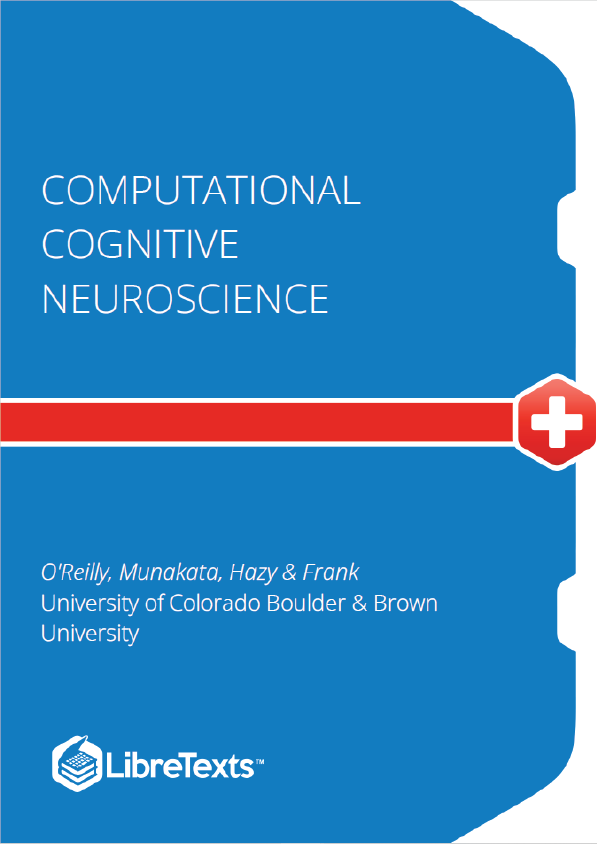The content is organized into chapters, but also massively hyperlinked, and the content can go very “deep” while also enabling a very quick and relatively high-level of information that captures the key points, suitable for college undergraduates or even high school curricula. The main page for a given chapter provides a complete high-level pass through the material that stands alone, and is highly accessible. Everything else should be a subtopic page under the main page.
You are about to embark on one of the most fascinating scientific journeys possible: inside your own brain! We start this journey by understanding what individual neurons in your neocortex do with the roughly 10,000 synaptic input signals that they receive from other neurons. The neocortex is the most evolutionarily recent part of the brain, which is also most enlarged in humans, and is where most of your thinking takes place. The numbers of neurons and synapses between neurons in the neocortex are astounding: roughly 20 billion neurons, each of which is interconnected with roughly 10,000 others. That is several times more neurons than people on earth. And each neuron is far more social than we are as people — estimates of the size of stable human social networks are only around 150-200 people, compared to the 10,000 for neurons. We’ve got a lot going on under the hood. At these scales, the influence of any one neuron on any other is relatively small. We’ll see that these small influences can be shaped in powerful ways through learning mechanisms, to achieve complex and powerful forms of information processing. And this information processing prowess does not require much complexity from the individual neurons themselves — fairly simple forms of information integration both accurately describe the response properties of actual neocortical neurons, and enable sophisticated information processing at the level of aggregate neural networks.
After developing an understanding of these basic neural information processing mechanisms in Part I of this book, we continue our journey in Part II by exploring many different aspects of human thought (cognition), including perception and attention, motor control and reinforcement learning, learning and memory, language, and executive function. Amazingly, all these seemingly different cognitive functions can be understood using the small set of common neural mechanisms developed in Part I. In effect, our neocortex is a fantastic form of silly putty, which can be molded by the learning process to take on many different cognitive tasks. For example, we will find striking similarities across different brain areas and cognitive functions — the development of primary visual cortex turns out to tell us a lot about the development of rich semantic knowledge of word meanings!











